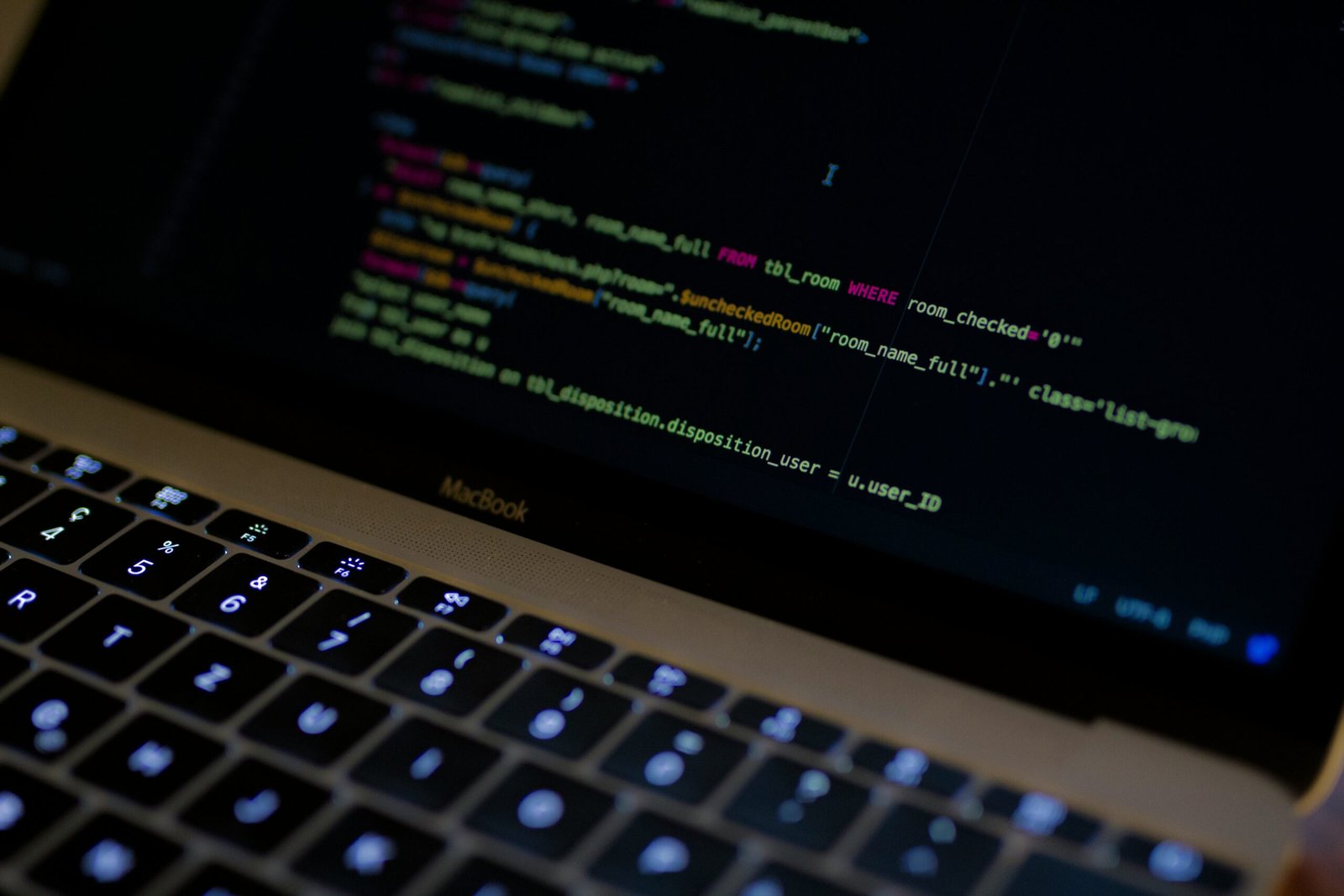Advancements in Biometric Authentication Systems
In an increasingly digital world, the need for robust security measures has never been greater. Traditional password-based authentication systems are susceptible to breaches, leading to data leaks and identity theft. Biometric authentication, which relies on unique biological characteristics, has emerged as a highly secure and convenient alternative. Over the years, significant advancements have been made in biometric authentication systems, making them more accurate, versatile, and accessible than ever before.
The Evolution of Biometric Authentication
Biometric authentication is based on the principle that each individual possesses distinctive biological traits that can be used for identification. The journey of biometric authentication has witnessed remarkable progress:
- Fingerprint Recognition: Fingerprint scanning was one of the earliest biometric authentication methods. Advances in sensor technology and image processing have enhanced accuracy and reduced false positives.
- Iris and Retina Scans: These methods analyze the unique patterns in the iris or retina of the eye. Their non-intrusive nature and high accuracy have made them popular in secure facilities and smartphones.
- Facial Recognition: With the proliferation of cameras in devices, facial recognition gained prominence. Machine learning algorithms have improved facial recognition accuracy, even accounting for variations in lighting and facial expressions.
- Voice Recognition: Voiceprints, created from unique vocal characteristics, are now used for authentication. Natural language processing and anti-spoofing techniques have bolstered security.
- Finger Vein Recognition: This method captures the vein patterns in a person’s finger, offering a high level of security since veins are difficult to replicate.
- Behavioral Biometrics: Analyzing unique behavioral patterns, such as typing speed or gait, adds an extra layer of authentication that’s difficult to imitate.
Advancements Leading the Way
- Multimodal Biometrics: Combining multiple biometric factors (e.g., fingerprint and facial recognition) enhances accuracy and security, as it’s highly unlikely for an imposter to match multiple unique traits.
- Deep Learning and AI: Machine learning algorithms have revolutionized biometric authentication by extracting intricate patterns and adapting to variations, making systems more resistant to spoofing.
- Liveness Detection: To counter spoofing attempts, liveness detection verifies that the biometric being presented is from a live person, not a photograph or a recording.
- Mobile Integration: Smartphones now integrate various biometric authentication methods, making secure access seamless and widely accessible.
- Continuous Authentication: Systems are moving beyond one-time authentication to continuous monitoring, ensuring security throughout a user’s session.
- Privacy-Preserving Techniques: Advancements in cryptography and data anonymization address concerns about storing sensitive biometric data.
Applications and Future Prospects
- Mobile Devices and Payment: Smartphones and wearables use biometric authentication for unlocking, making payments, and securing apps, replacing traditional PINs.
- Healthcare: Biometrics can secure electronic health records, enhance patient identity verification, and enable secure access to medical devices.
- Financial Services: Banks are adopting biometric authentication for secure online banking and ATM transactions.
- Travel and Immigration: Airports use biometrics to expedite immigration processes, improving efficiency and security.
- IoT Security: Biometric authentication safeguards Internet of Things devices, preventing unauthorized access.
- Collaboration with AI and Big Data: Analyzing vast datasets enables the identification of subtle biometric patterns, enhancing accuracy.



































